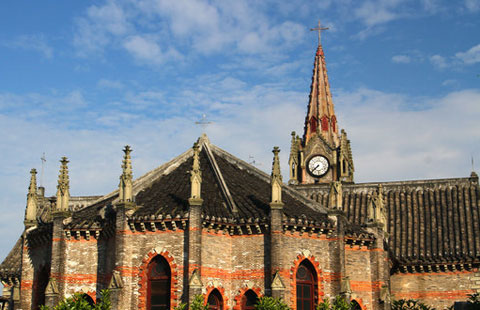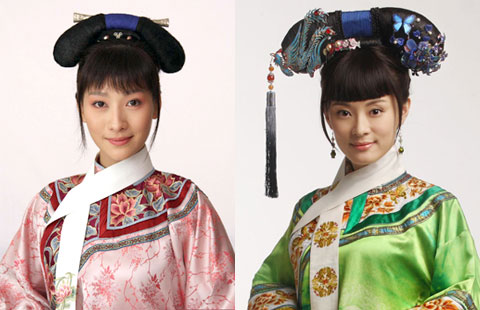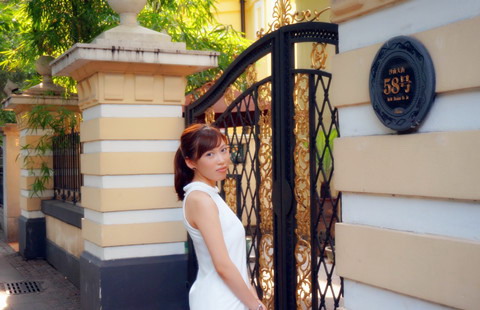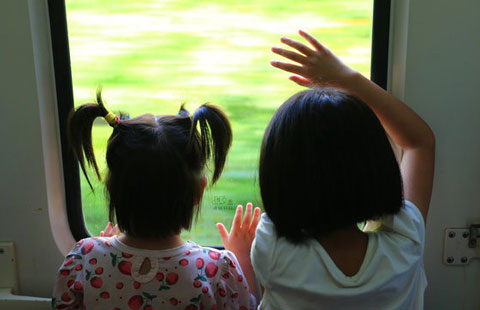
|
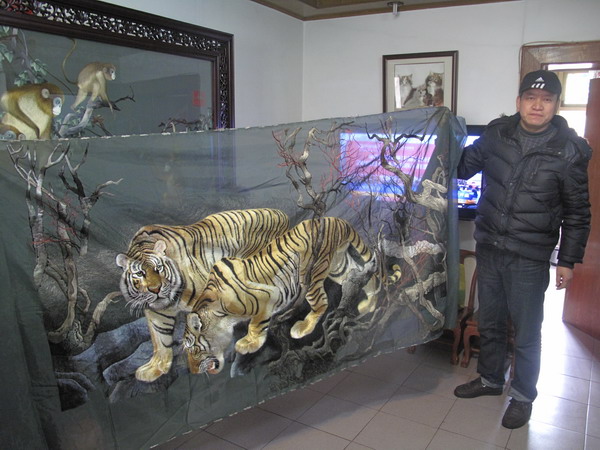 |
|
Peng Shiping shows off an embroidery piece that took him eight years to finish. Huang Zhiling/China Daily |
Local folk arts provide patterns for different embroidery styles, and traditional Chinese landscape painting also offers favorite subjects. Designs on embroidery include flowers, birds, landscapes, fish, animals, worms and human figures.
Peng's father Peng Yongxing started learning Shu embroidery at the age of 8 and became a master in the field. He was the first in the Shu embroidery sector to win the title of China Embroidery Art Master from the China National Arts and Crafts Society.
When Peng was young, his father, who worked in the Chengdu Shu Embroidery Factory, had to earn extra money to support the family of seven.
"After work, he often took home silk bed covers to stitch auspicious patterns in the evening. At 10, I did not learn embroidery but could stitch patterns on bed covers as I watched my father do his job." When his father was away at work, Peng says he would stitch on his unfinished works.
When he was 15, his father formally taught him embroidery techniques at home. Five years later, Peng started working in his father's factory. The next year, he spent eight months stitching his first work of double-sided embroidery. On one side were birds and camellia flowers. On the other butterflies flew around oleanders.
"Traditional embroidery needlework displays patterns only on one side, but today artists produce two-sided embroidery pieces, stitching different patterns on either side of the same satin cloth.

